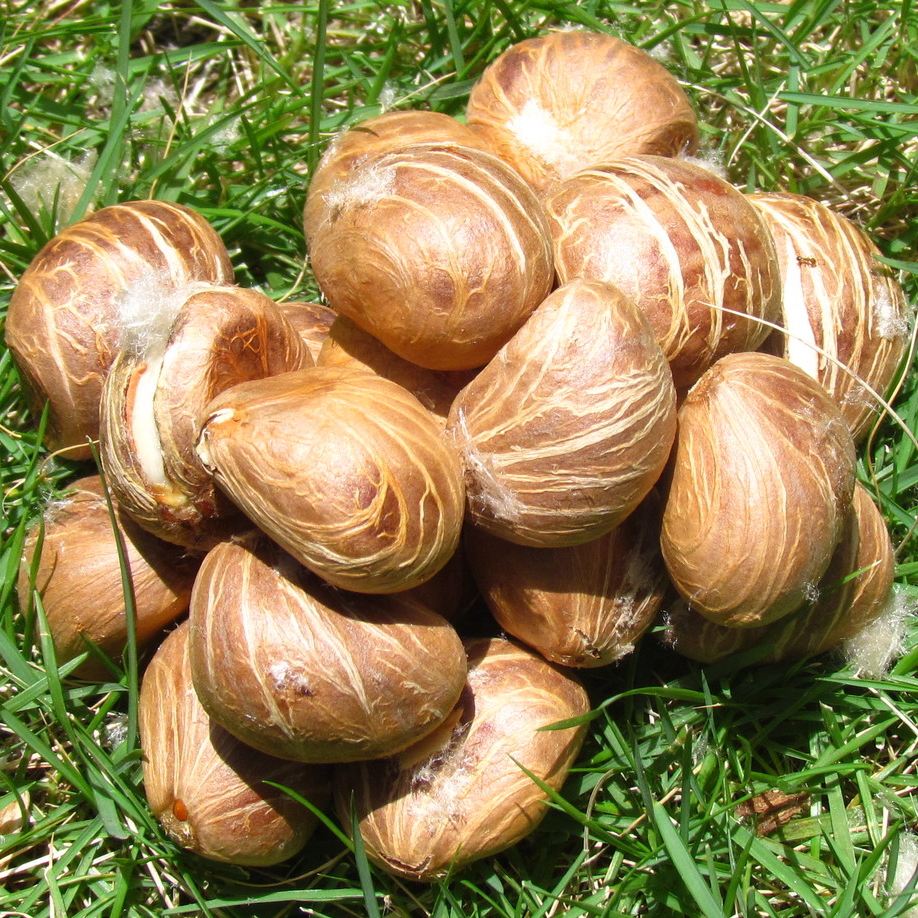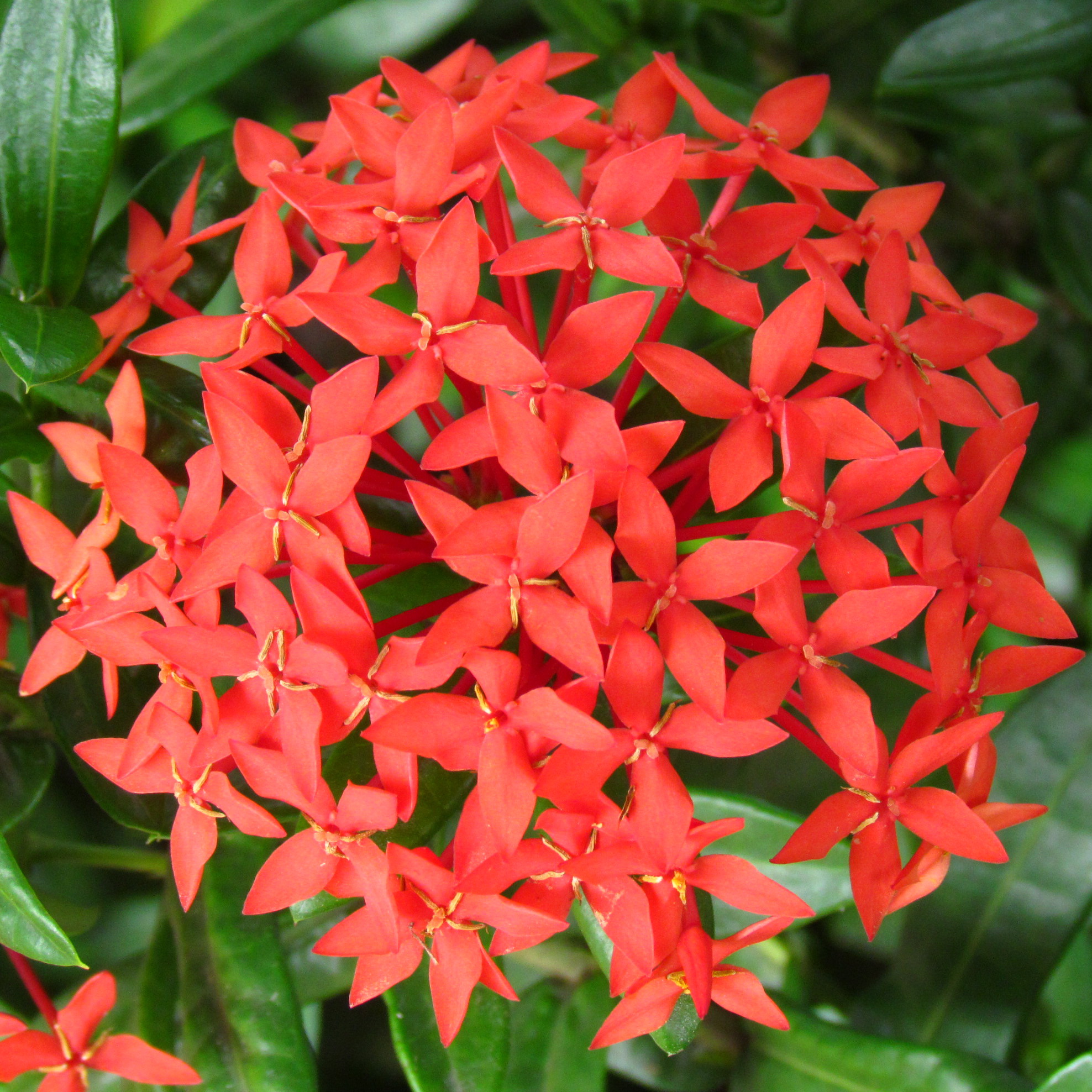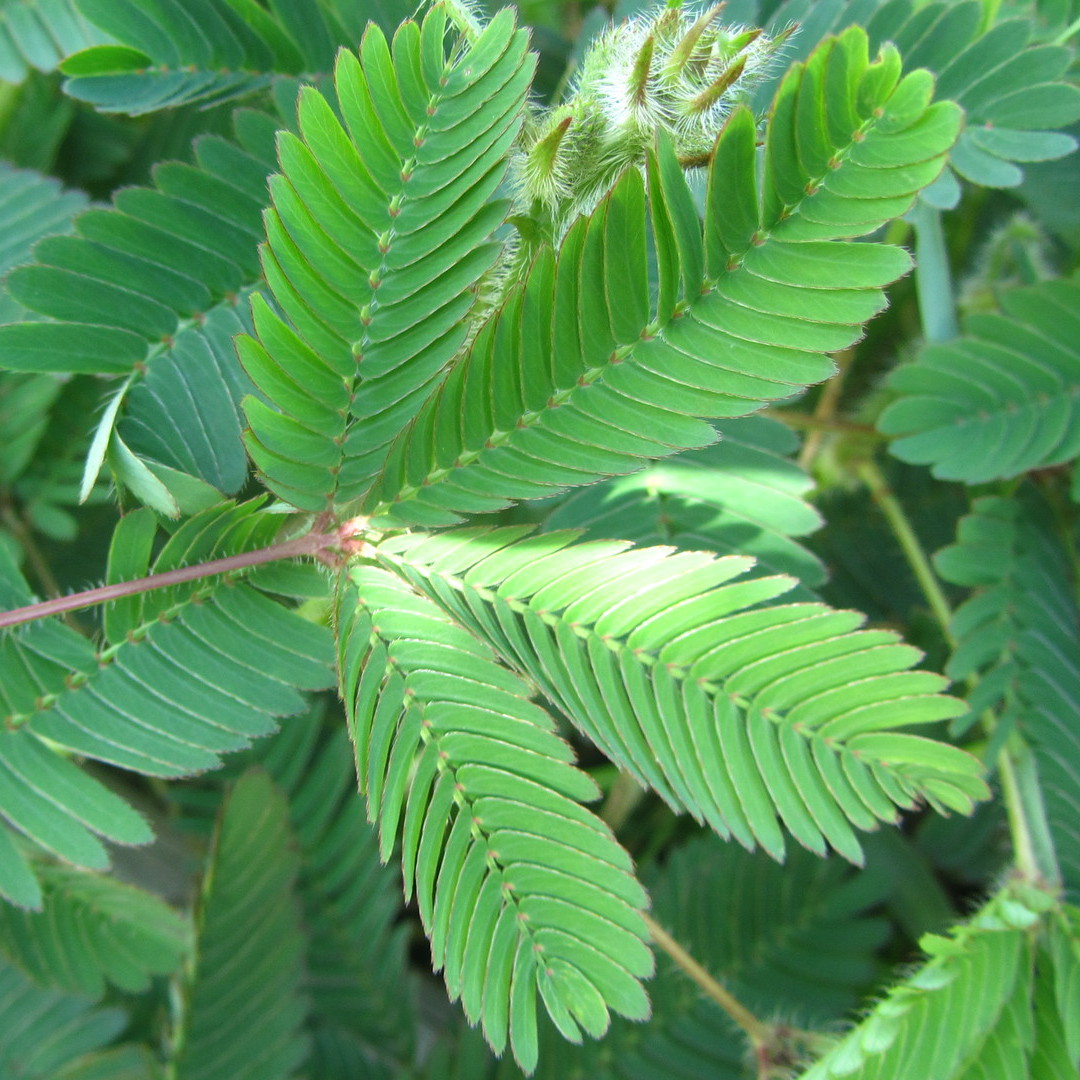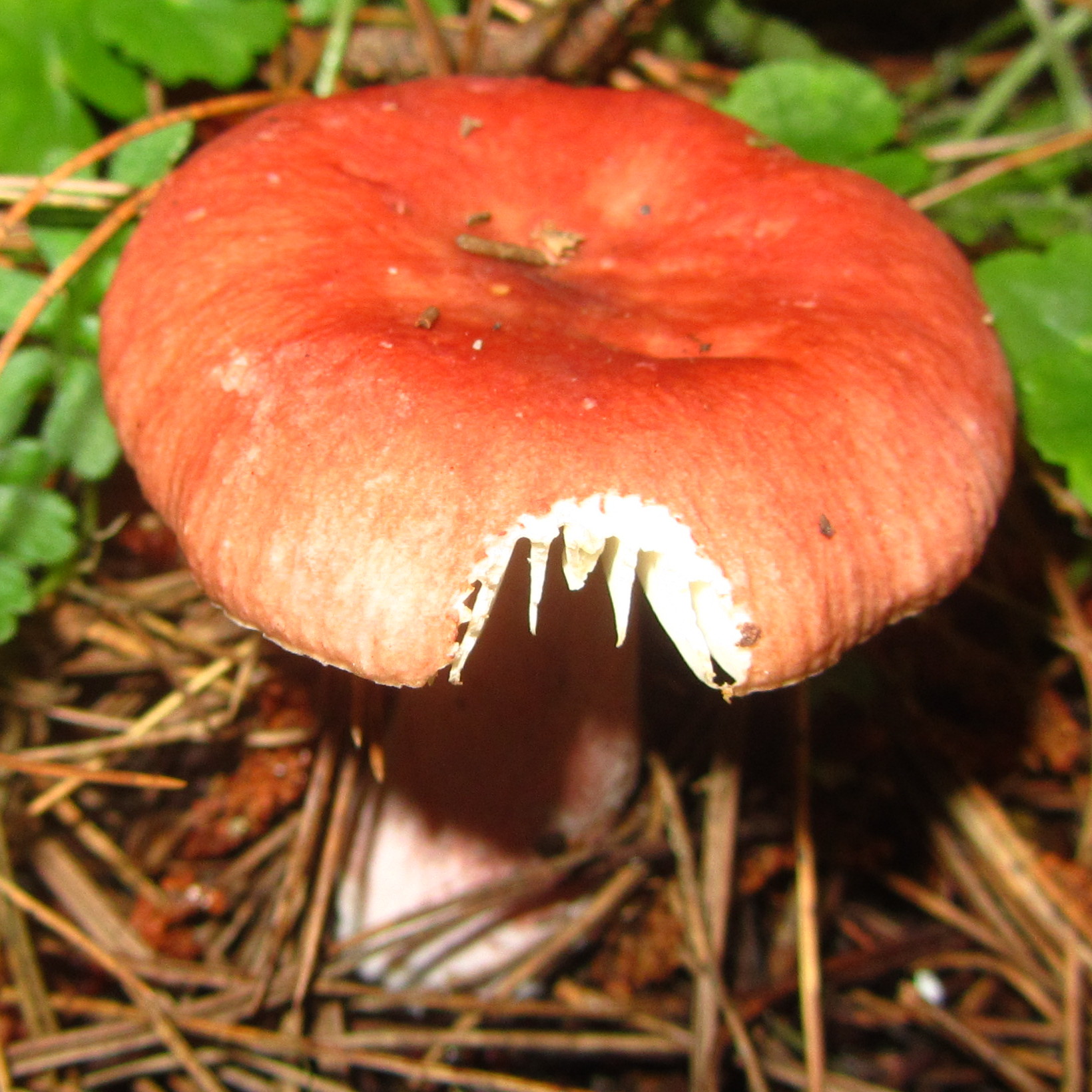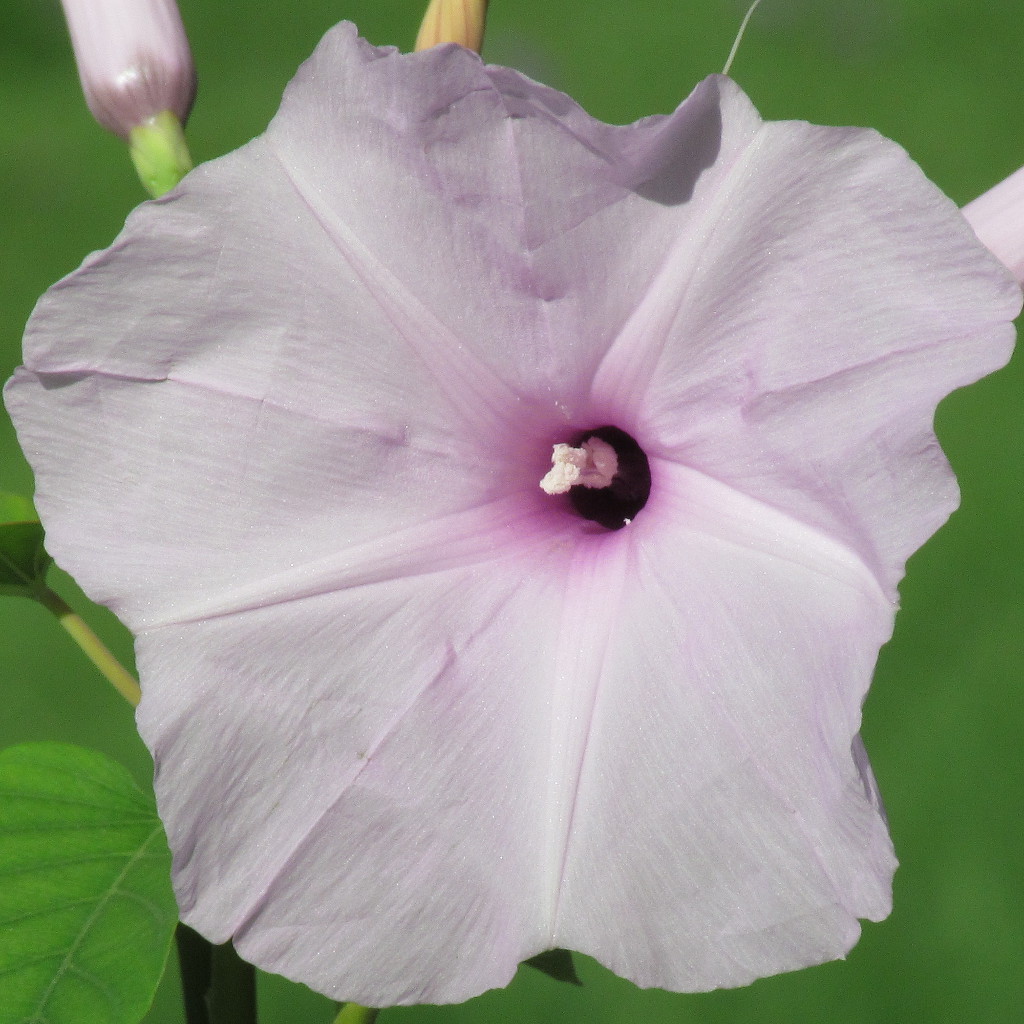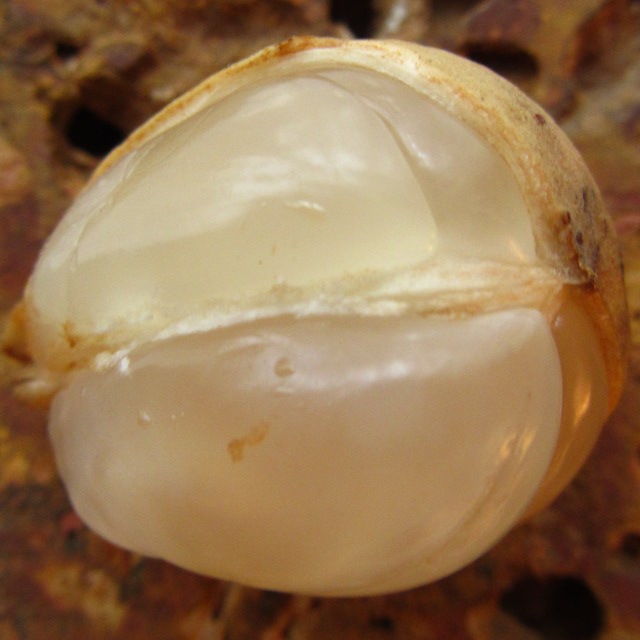
The tropical world is home to an incredible variety of unusual and tasty fruits, many of which are completely unknown outside of their natural location. One of them is langsat (Lansium domesticum), a delicious product of a tree from the Mahogany family that I discovered a couple of days ago here in Cambodia. At first sight the little fruits resemble small potatoes, but below the thin skin are white translucent segments that easily separate from each other. They might contain a seed or two, although I understand that the langsat produced by commercial farming is of cultivated variety with underdeveloped Read More
